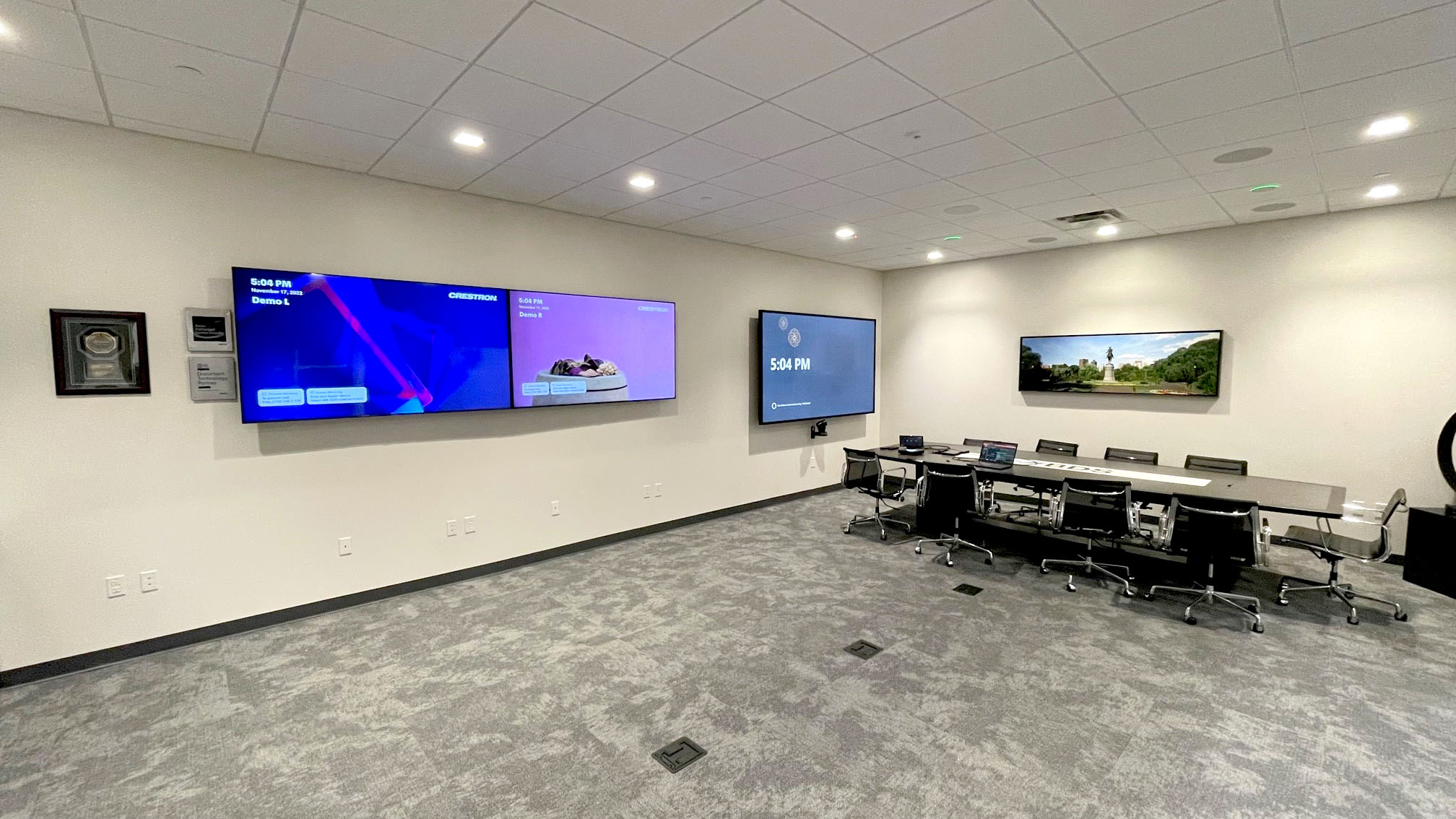One of the initial factors when selecting a CCTV system is the type of surveillance devices needed. There are numerous varieties of devices available, such as bulb devices, bullet cameras, and PTZ (pan-tilt-zoom) cameras. Bulb devices are often used for interior monitoring due to their subtle design, while bullet devices are more noticeable and are generally used outdoors. PTZ devices offer the ability to magnify in on particular locations and can be controlled remotely. Evaluating the specific surroundings and the locations that need monitoring will help determine which type of device is best suitable.
Another important consideration to consider is the resolution of the devices. Higher clarity devices provide sharper pictures, which can be essential for identifying people or details in a scene. Typical resolutions include basic definition (SD), elevated resolution (HD), and ultra-high resolution (UHD). Although increased resolution cameras may arrive at a higher cost, they can considerably enhance the efficacy of a surveillance system. It is also crucial to take into account the lighting conditions in the location being observed, as some cameras are better suited to handle dim situations than others.
Recording choices are also a key component of CCTV setups. Video footage can consume up a substantial amount of storage, so it is essential to select a setup with adequate storage capacity. Many setups provide online options, which allows for remote retrieval to recordings and can provide extra safeguarding in case of theft or destruction to the tangible storage. Alternatively, local options, such as electronic video recorders (DVRs) or network video devices (NVRs), can be employed. Understanding the storage needs based on the quantity of cameras and the desired holding duration for recordings is crucial for efficient monitoring.
Lastly, the installation and maintenance of the CCTV system should not be ignored. Professional setup can ensure that cameras are positioned in ideal spots for best surveillance. Additionally, routine maintenance is necessary to keep the setup functioning properly. This entails inspecting device positions, wiping optics, and ensuring that software is up to date. Some systems also provide off-site monitoring features, enabling operators to discover this access live recordings from their mobile devices or laptops. This feature can provide peace of mind and enhance the general efficacy of the safeguarding system.

In summary, choosing the perfect CCTV system requires careful consideration of various factors, including device kinds, clarity, storage options, and setup. By understanding these components, people and organizations can select a setup that efficiently meets their security requirements. A thoughtfully designed CCTV setup not only assists discourage criminal activity but also provides important proof when needed, making it an important investment for safety and security.